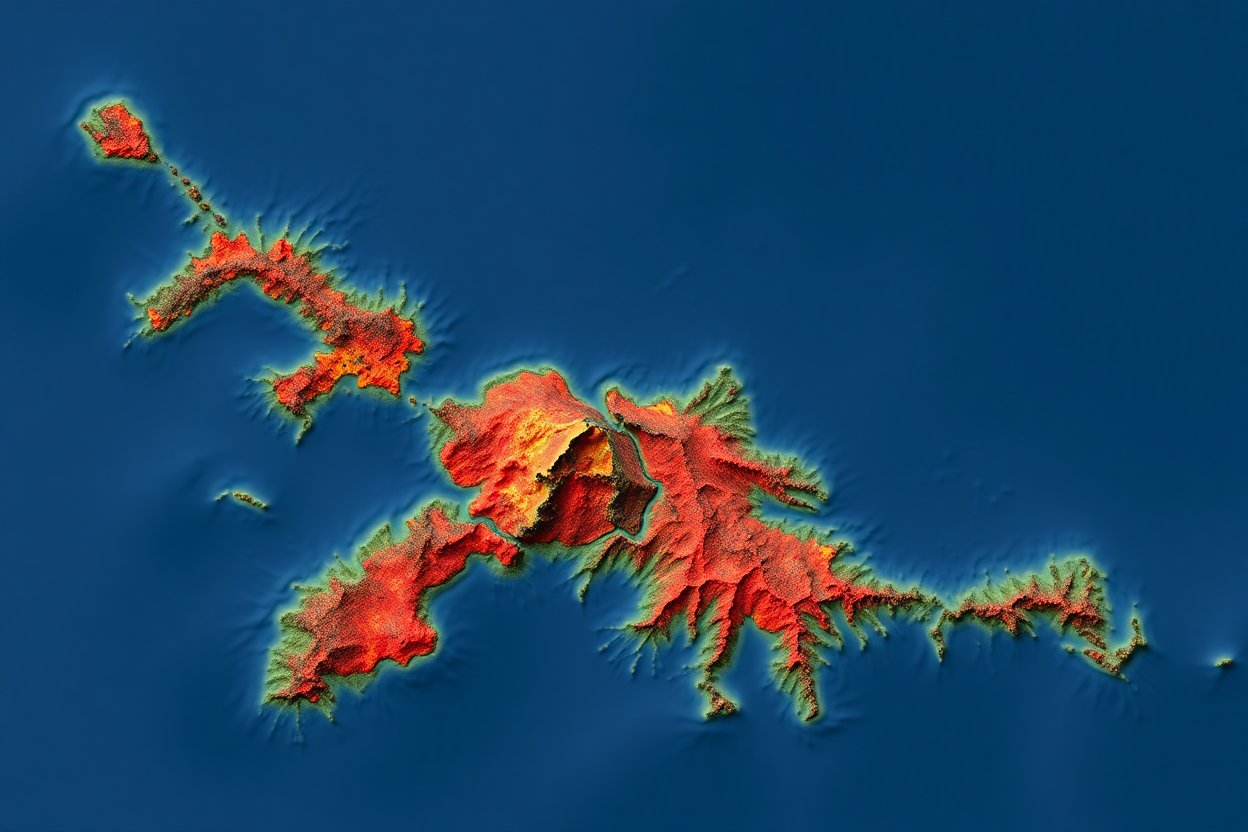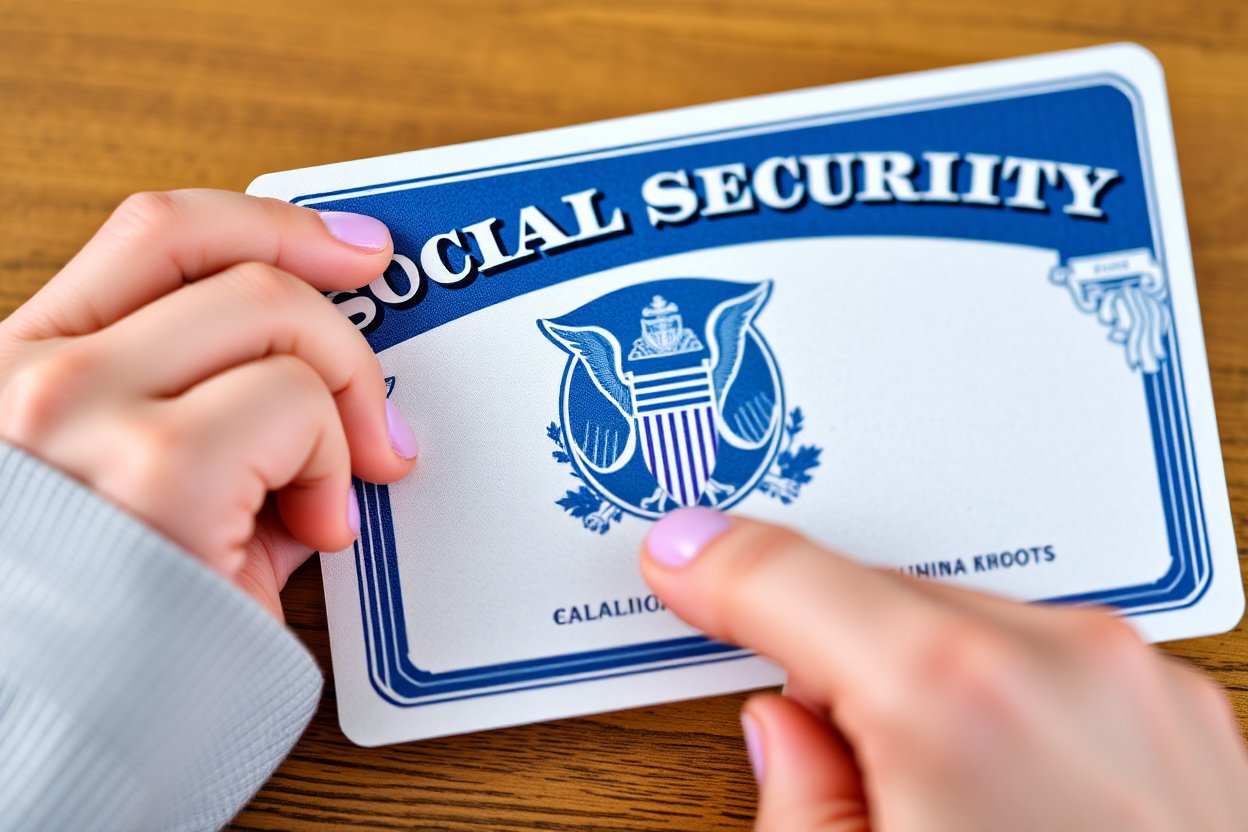New Zealand Earthquakes Strong Tremor Hits South Island, Coastal Warnings Issued
Massive South Island Quake Frazzles Mind, Flares Fears.The fault is two to four hundred miles off the coast and the tremor occurred about 12 km under the sea floor. It was a major one of the biggest ones in the world that delivered energy equivalent to two or three atomic bombs detonated in a distance of 200 meters from the epicenter, said a seismologist of GNS.
Highlights
The rest of the earthquake damage remains confined to the land for now. The sources highlighted that they used helicopters to make the aerial survey of the area to be sure about the proper location and to spot and assess the potential of the damages.
Moreover, they are under stringent measures to avoid the spread of COVID-19 which includes wearing masks to protect themselves and others from the killer virus. However, the earthquake crisis has most of the western coast alert.
Earthquake Details and Magnitude
It occurred at about 6 am and was about 6.5 magnitudes above the average figure on the Richter scale.
It originated from the fault located off the West Coast South Island coast, but even though the earthquake shock waves were so strong that they spread over many kilometers, no damage or destruction was reported. The citizens of the key cities in this region, namely Christchurch, Dunedin, and Invercargill, were shocked by a very strong earthquake wave, and some of them reported the destruction of their houses by the tremors.
As New Zealand is on the Pacific Ring of Fire, it is frequently hit by earthquakes, a very seismically active area. However, the severity of this recent tremor has caused the public to be worried, and scientists and emergency personnel have been advised to advise the public to be careful.
Authorities Assess the Situation with Watchfulness
After the seismic event, the National Emergency Management Agency (NEMA) and GeoNet instantly sent a warning to the residents to stay out of the coastal areas. They emphasize that even though there is no evidence of a big tsunami, the possibility of very violent waves with strong currents exists—part of which is already happening.
“The zones with NEMA, that is, the South Island’s, have this alert active for now, so it’s better and more secure if people don’t go to the beaches and waterfront areas until the technical checkups are finished,” the spokesman stated of NEMA. Scratch also suggests that the people living lower down should consider going to higher altitudes for safety.
Public Reaction and the Measures of Emergency
People from the region were quick to post their issues on social media, and most of them, including the most serious ones, announced it to be the temblor of the last 10 years. Furthermore, the situation will worsen slightly due to the loss of power, the inability to move, and the interruption of transporting services, but there are no casualties.
EMS helps with these kinds of issues. They come to those who need help, survey the neighborhoods, and list the infrastructural damage there. Some building projects built to be earthquake-proof have been put in earthquake zones, so the officers are still measuring the damage’s outturn.
Throughout history, the government has always spent exorbitantly on renovation and rebuilding and the loss of human lives; therefore, it’s unsurprising that the government’s concentration is on earthquake prevention measures. With this recent tremor, they told families to make plans in case of another such disaster.
Scientific Explanation of the Earthquake
Seismologists are determining whether this earthquake was another at a predetermined fault or if it will be an early warning of a rather dashing bevy of quakes around these parts. The shaking is primarily the result of the Pacific and Australian tectonic plates that move. Thus, after a while, enormous forces are released under the ground and on the ground’s surface.
GeoNet experts have warned that aftershocks, some of which may be quite strong, could occur. A member of the GeoNet agency said, “Be ready for earthquakes that may last for days or weeks, with frequent shaking.” Geologists are still closely watching the fault activity, making predictions and updating accordingly.
Government Response and Future Preparedness
On the one hand, Prime Minister Christopher Luxon took the time to meet the public in person, and he stated that the response to the disaster was well-coordinated and performed, with each nearby resource dispatched to the affected areas. “We are determined to be sure that each New Zealander is free of danger and the rest of their health is okay. It is strictly required for all to adhere to the declared protocols and never be careless,” he told them.
The government plans to improve crisis response tactics and cooperate with local stakeholders to develop more specific preparedness plans. Earthquake education programs that provide extra class time and child and adult shooter training classes are likely to continue in the future with students from older classes.
Frequent earthquakes in New Zealand are silent reminders of the country’s exposure to such ePeople should keep current and get themselves earthquake kits in case of a potential earthquake, and also they should follow this advice when there are other quakes happening.
Conclusion
Despite recovering from the aftermath of an earthquake, New Zealand remains under the watchful eye of the authorities. They are still in the process of dealing with the situation. Therefore, there is a very low possibility of a tsunami, so the people living on South Island need to continue being watchful. However, the government and the emergency response teams are working hard to get all the facts straight and assess and prevent any tremors.
Much caution and learning were the guidelines about the threats of the New Zealand earthquakes so that people could escape safely. Earthquake preparedness and awareness are vital measures to minimize the damage and guarantee the society’s readiness in case of future seismic events in New Zealand.



KfVHs hgCh StihP
# Harvard University: A Legacy of Excellence and Innovation
## A Brief History of Harvard University
Founded in 1636, **Harvard University** is the oldest and
one of the most prestigious higher education institutions in the United States.
Located in Cambridge, Massachusetts, Harvard has built a global reputation for academic excellence, groundbreaking research,
and influential alumni. From its humble beginnings as a small college established
to educate clergy, it has evolved into a world-leading university
that shapes the future across various disciplines.
## Harvard’s Impact on Education and Research
Harvard is synonymous with **innovation and intellectual leadership**.
The university boasts:
– **12 degree-granting schools**, including the renowned **Harvard Business School**,
**Harvard Law School**, and **Harvard Medical School**.
– **A faculty of world-class scholars**, many of
whom are Nobel laureates, Pulitzer Prize winners, and pioneers
in their fields.
– **Cutting-edge research**, with Harvard leading initiatives in artificial intelligence,
public health, climate change, and more.
Harvard’s contribution to research is immense, with billions
of dollars allocated to scientific discoveries and technological advancements each year.
## Notable Alumni: The Leaders of Today and Tomorrow
Harvard has produced some of the **most influential figures** in history, spanning
politics, business, entertainment, and science. Among them are:
– **Barack Obama & John F. Kennedy** – Former U.S.
Presidents
– **Mark Zuckerberg & Bill Gates** – Tech visionaries
(though Gates did not graduate)
– **Natalie Portman & Matt Damon** – Hollywood icons
– **Malala Yousafzai** – Nobel Prize-winning activist
The university continues to cultivate future leaders who shape industries and drive
global progress.
## Harvard’s Stunning Campus and Iconic Library
Harvard’s campus is a blend of **historical charm and modern innovation**.
With over **200 buildings**, it features:
– The **Harvard Yard**, home to the iconic **John Harvard Statue** (and the famous “three lies” legend).
– The **Widener Library**, one of the largest university libraries in the world, housing **over 20 million volumes**.
– State-of-the-art research centers, museums, and performing arts venues.
## Harvard Traditions and Student Life
Harvard offers a **rich student experience**, blending academics with vibrant traditions,
including:
– **Housing system:** Students live in one of 12 residential houses,
fostering a strong sense of community.
– **Annual Primal Scream:** A unique tradition where students de-stress
by running through Harvard Yard before finals!
– **The Harvard-Yale Game:** A historic football rivalry that
unites alumni and students.
With over **450 student organizations**, Harvard students engage
in a diverse range of extracurricular activities, from entrepreneurship to performing arts.
## Harvard’s Global Influence
Beyond academics, Harvard drives change in **global policy, economics, and technology**.
The university’s research impacts healthcare, sustainability, and artificial intelligence, with partnerships
across industries worldwide. **Harvard’s endowment**, the largest of any university, allows it to
fund scholarships, research, and public initiatives, ensuring a
legacy of impact for generations.
## Conclusion
Harvard University is more than just a school—it’s a **symbol of excellence, innovation,
and leadership**. Its **centuries-old traditions, groundbreaking discoveries,
and transformative education** make it one of the most influential institutions in the world.
Whether through its distinguished alumni,
pioneering research, or vibrant student life,
Harvard continues to shape the future in profound ways.
Would you like to join the ranks of Harvard’s legendary scholars?
The journey starts with a dream—and an application!
https://www.harvard.edu/
https://t.me/s/TgWin_1win